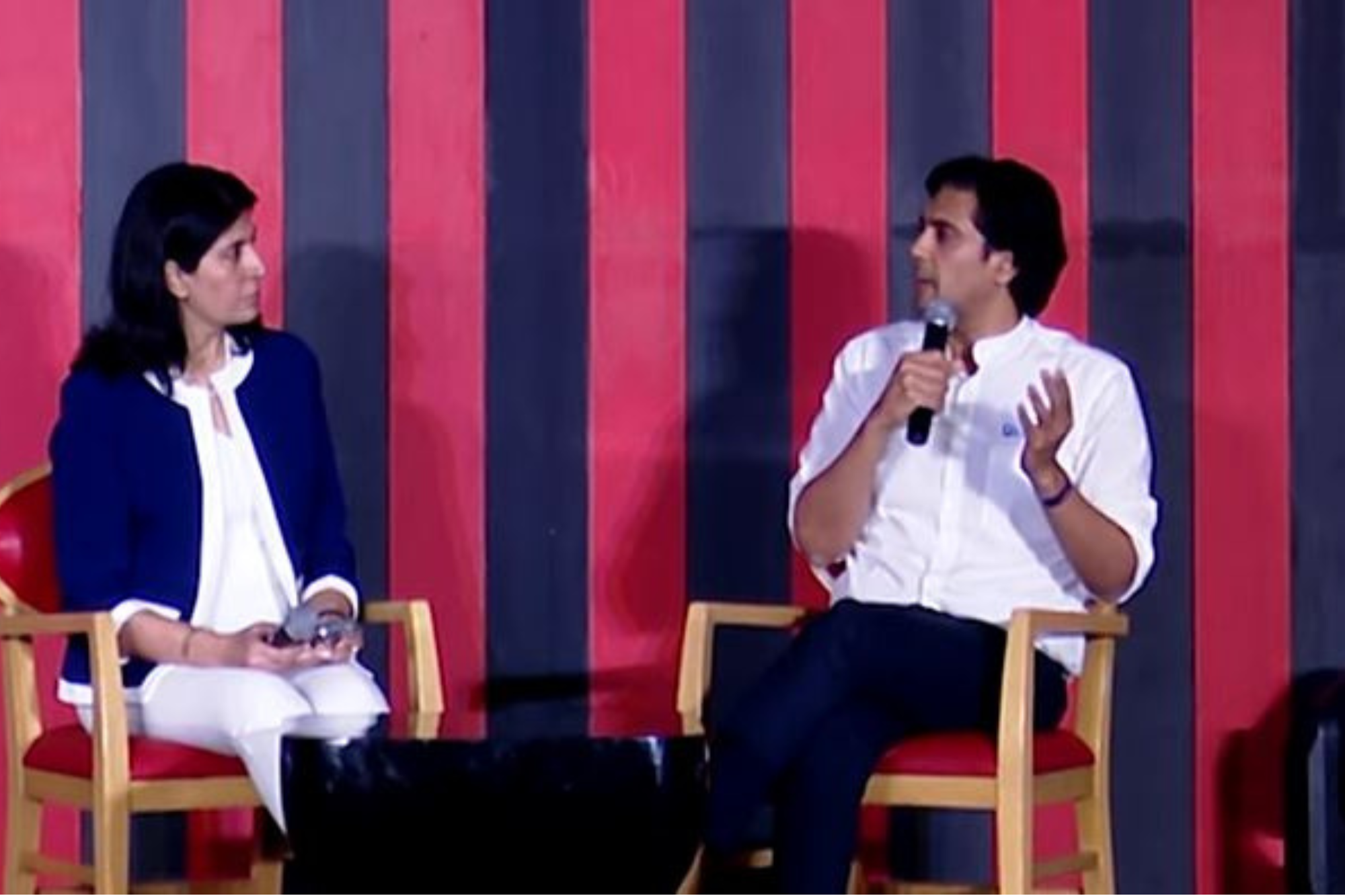The Seriously Funny Business Of Cartooning On World Cartoonist Day, let's try to find out why this art form is relevant even today.
By Dinesh B. Singh •
Opinions expressed by Entrepreneur contributors are their own.
You're reading Entrepreneur India, an international franchise of Entrepreneur Media.

For more than half-a-century, newspaper readers in India were greeted each morning by an elderly, bespectacled man dressed in a dhoti and plaid coat who made his daily appearance on the front page of a popular English-language daily.
The Common Man, a character created by legendary cartoonist R.K. Laxman represented the hopes, aspirations, troubles and the idiosyncrasies of the plight of average Indian in hands of political and social establishment. The character gave the "common man' a voice that fearlessly questioned the powers that be, and made sharp observations on the country's social and political goings-on.
Cartooning has been an integral part of the fourth estate since the mid-18th century. Since then, newspaper cartoons have had a major impact on the culture of any society — reflecting its beliefs and echoing the sentiments of its citizens for the political and social establishments. The editorial cartoon as an art form has played three important roles — creating, preserving, and identifying significant aspects of the socio-political culture of the era.
Pocket Cartooning
Pocket cartooning into the newspapers lend satire, humor, and sarcasm to the serious business of journalism. Newspaper cartoons offer a humorous sideways editorial opinion, through sketches and razor-sharp wit, making a commentary on social, political and economic changes, failures, success, and major events that shape the world every day.
Political cartoons have documented history with critical, exaggerated yet subtle understated humor — be it a cartoon that caricatured Uncle Sam recruiting young men into the US army or showing Hitler hovering over a globe during the Second World War or Emergency Days in India.
Old-school cartoonists in today's Instagram age – where posts are fleeting and so is public consciousness – feel a little out-of-place with the barrage of information that we consume each day in the form of images, texts, GIFs, memes and animated videos.The profession that demands a combination of journalistic insight with artistic distinctiveness to translate an opinion into a frame no larger than 4x4 inches seems to be a dwindling art form.
Editorial Cartoons
In India, editorial cartoons in regional newspapers are still a strong tool of social and political commentary and have a greater impact than in the English dailies. Any regional newspaper has an average circulation of 1.5-2 million, which English newspapers do not. In the editorial scheme, the cartoonist has become more comical and illustrative rather than being a separate opinion piece. Nevertheless, editorial cartoons are still very much relevant, especially in today's global political climate where public opinion and journalism are constantly being suppressed.
New Breed
A new breed of political and social satirists and cartoonists has emerged, taking to the Internet to share their art and opinion with the people. The art is slightly more sophisticated and provocative and the issues more intense.
The Internet as a public space is also more fragile and has often been a target for censorship. But cartoonists and their art will live on. It is only their style and character, and even their reach that will change as the cyberspace evolves in the current global political landscape. To quote the Pulitzer Prize-winning cartoonist Matt Wuerker, "Cartoonists are basically opportunistic parasites. We've survived on the backs of newspapers for a couple of centuries, and it worked really, really well. But the old dog is dying, and so we have to jump onto something new."












